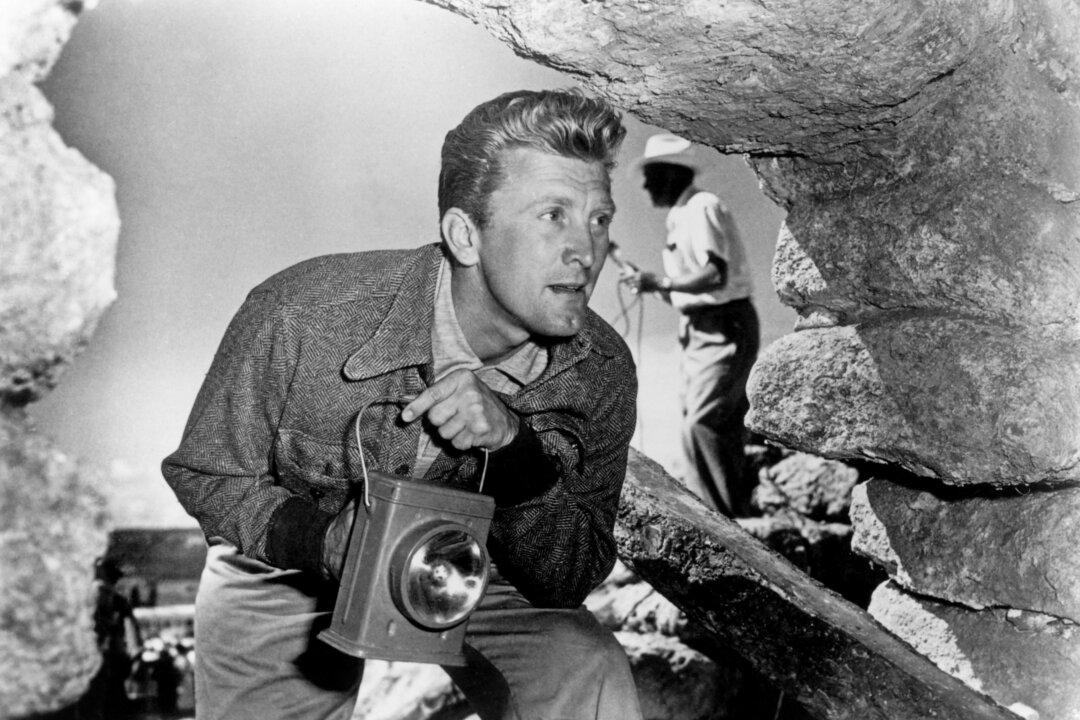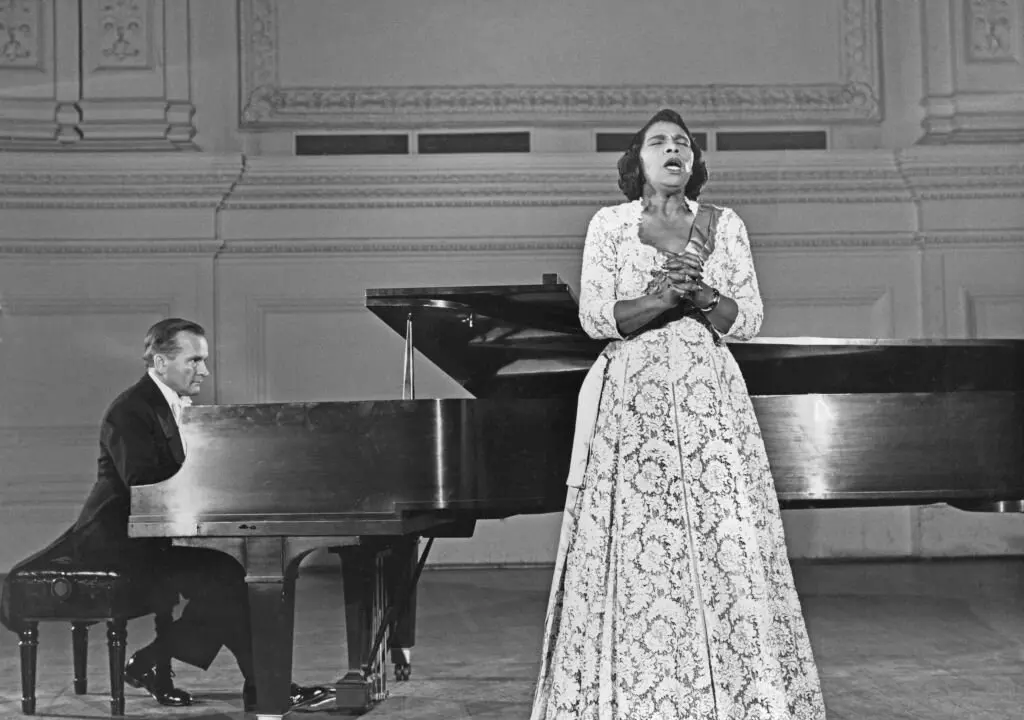In 1925, an adventurous cave explorer named Floyd Collins was trapped in Sand Cave, Kentucky (now known as Mammoth Cave), capturing the attention of the entire world and sparking the first media circus. Although he was found dead after 17 days trapped below ground, his story didn’t end there. Over 20 years later, this incident inspired Billy Wilder’s 1951 movie “Ace in the Hole,” the tale of a newspaperman who keeps a man trapped in a cave for days, inciting a spectator carnival and buying off local law enforcement, just for the story.
In 1996, the tale of Floyd Collins was unearthed once more in the form of an off-Broadway musical by Adam Guettel and Tina Landau. This theatrical venture didn’t last much longer than Floyd’s last adventure, closing after only 25 performances. However, at the tragedy’s centennial, “Floyd Collins” has finally made it to Broadway, garnering six Tony nominations, including Best Revival of a Musical and Best Leading Actor in a Musical.






